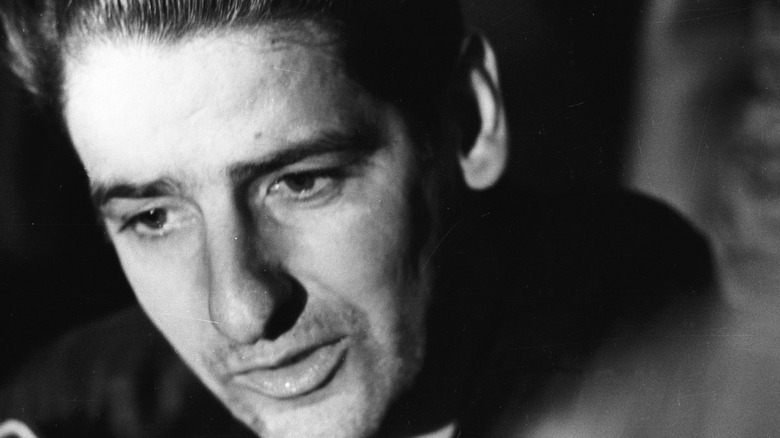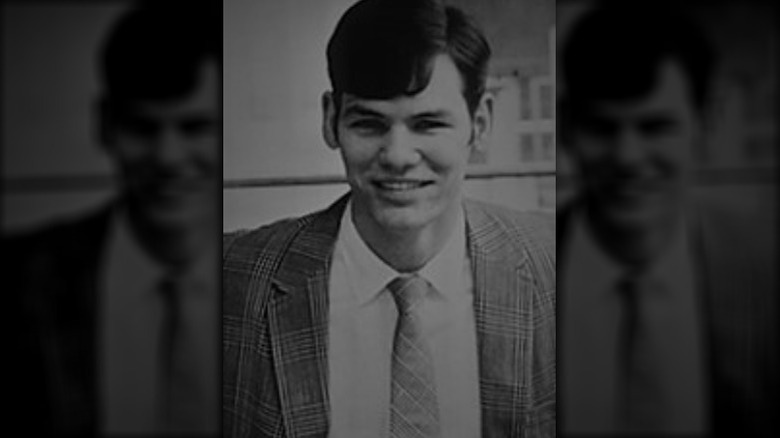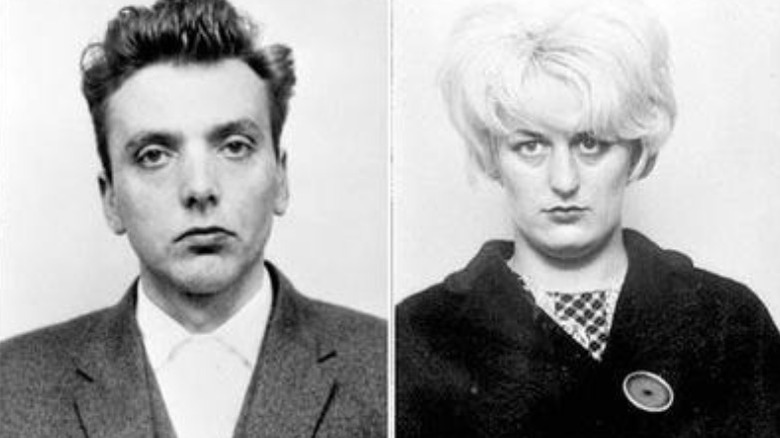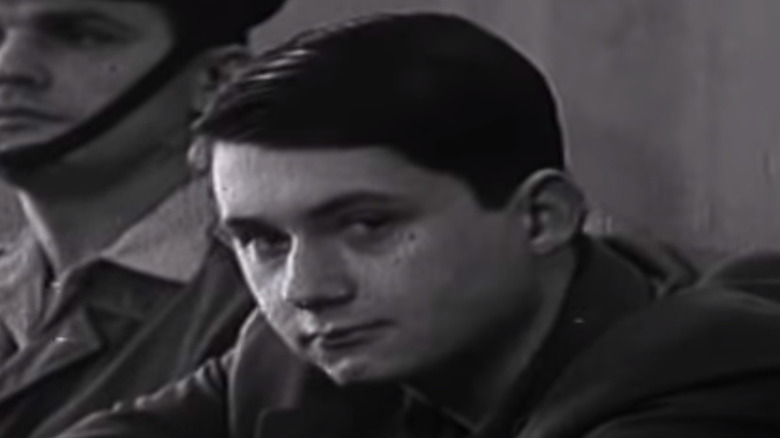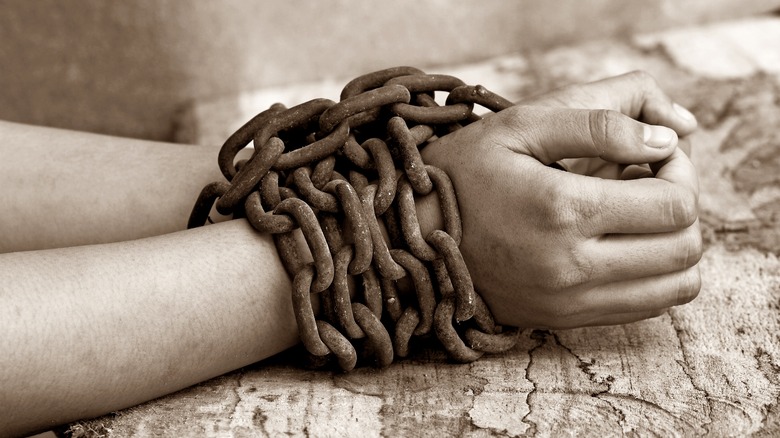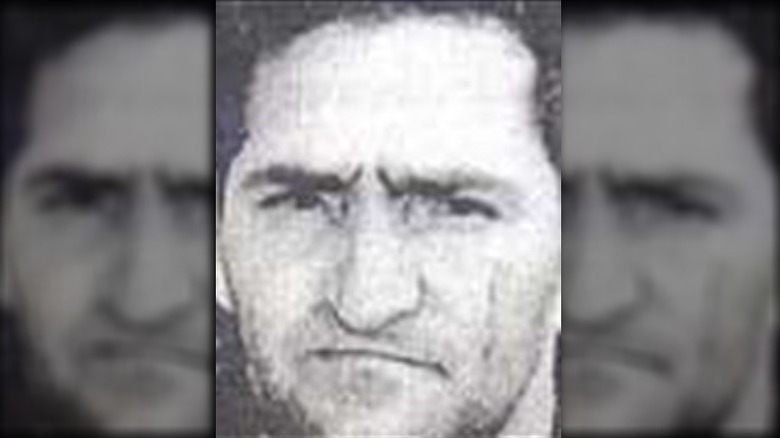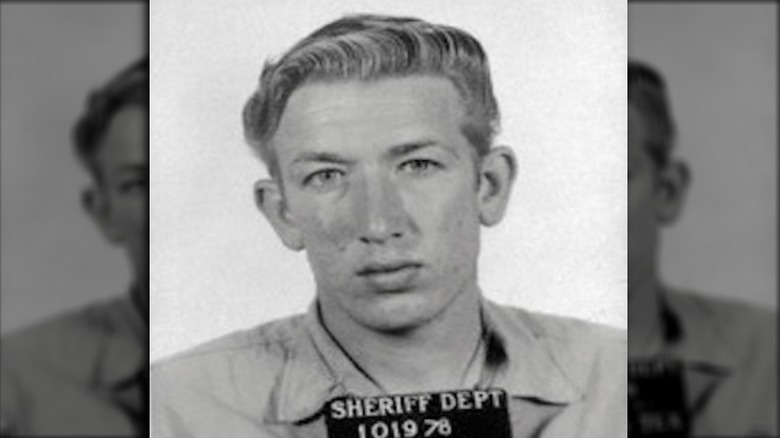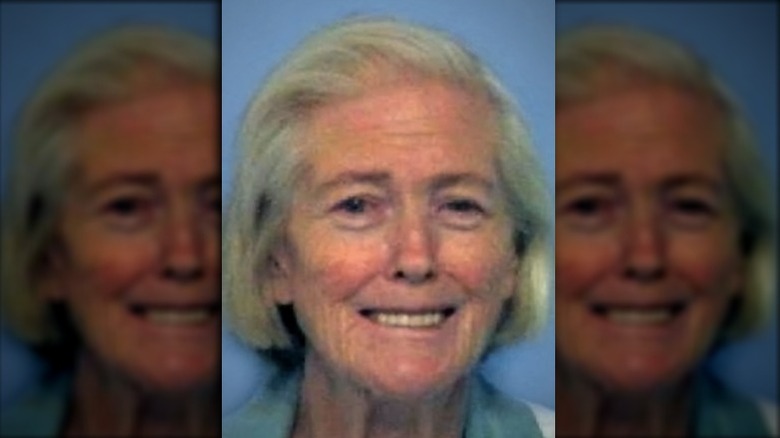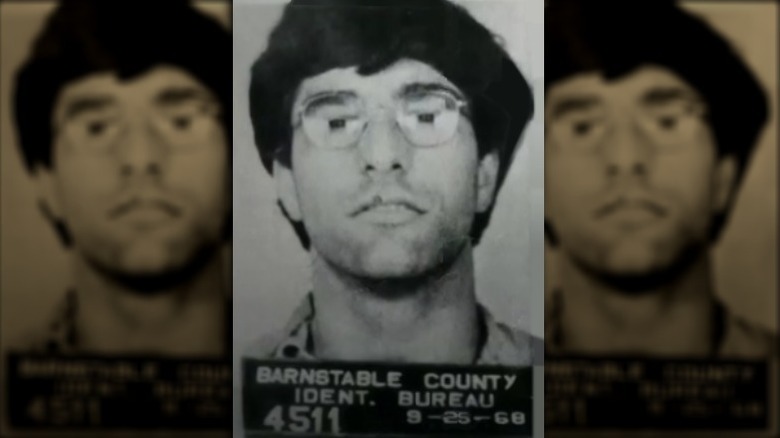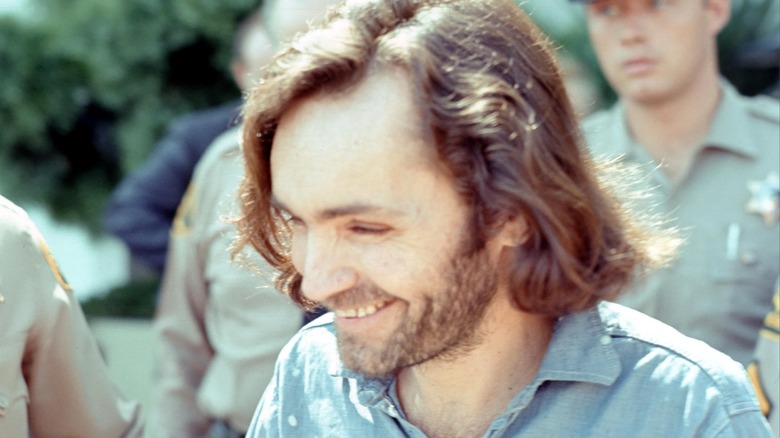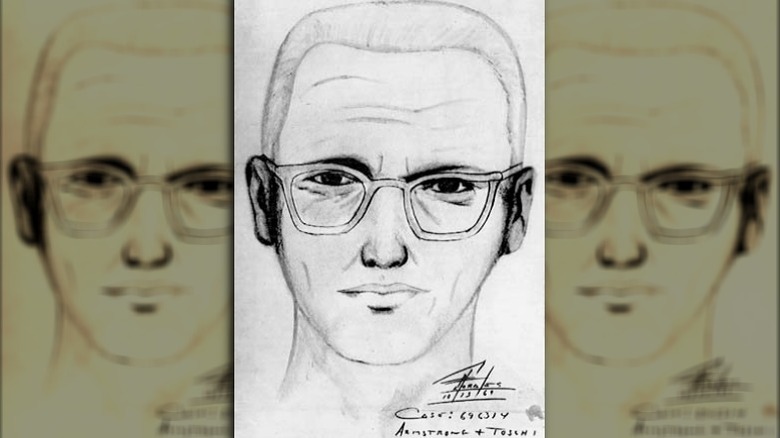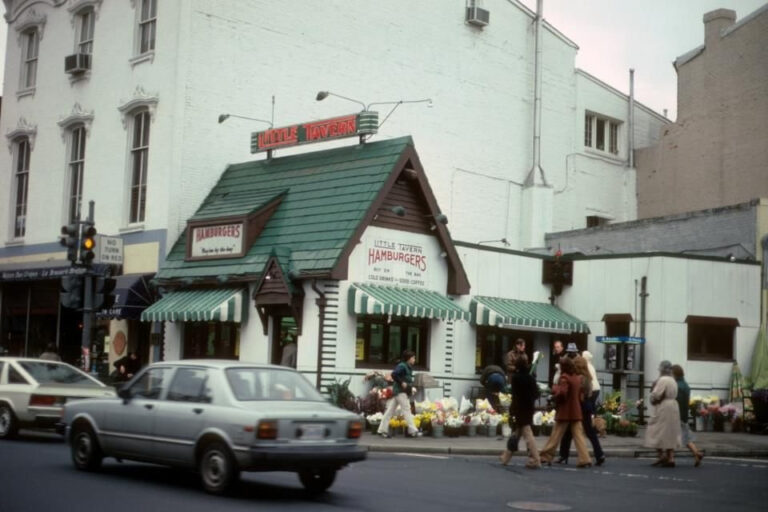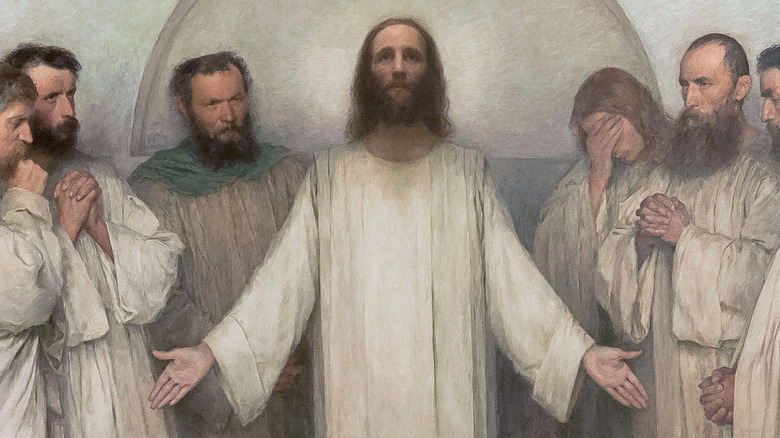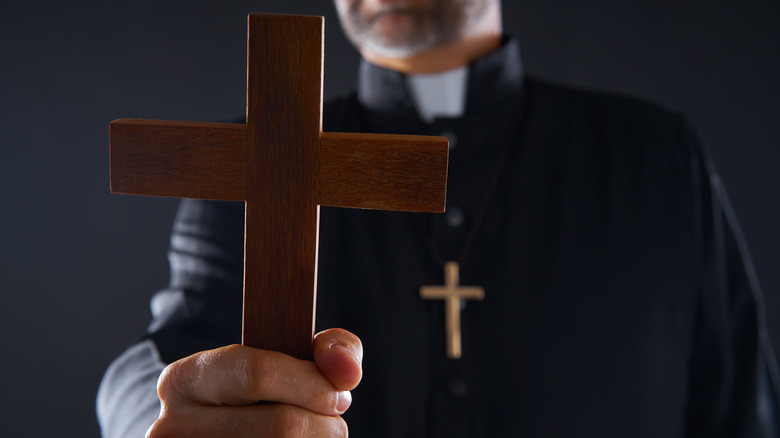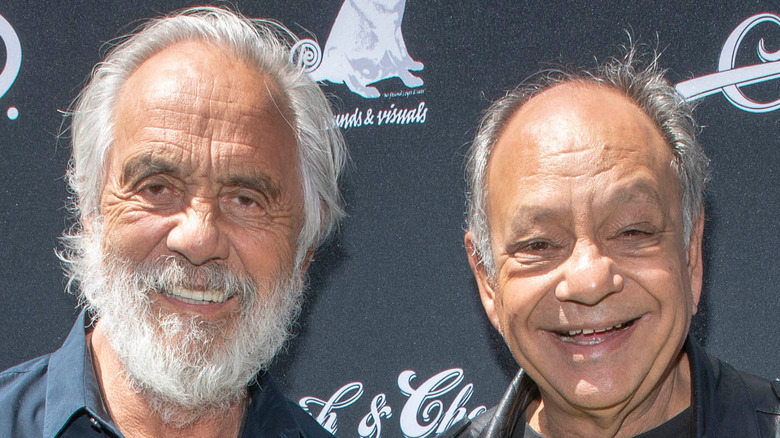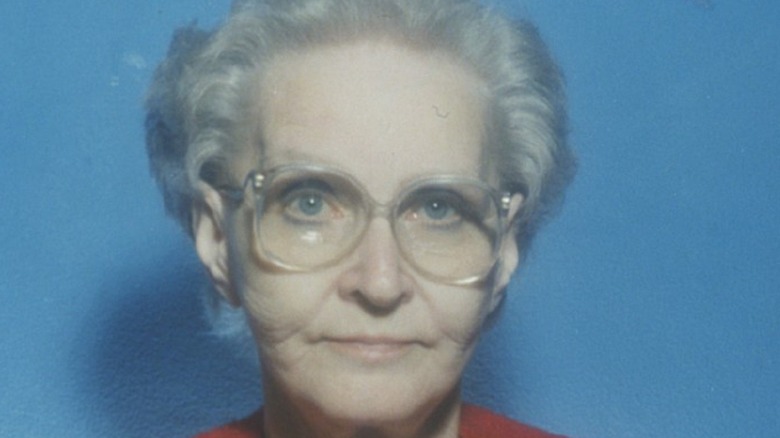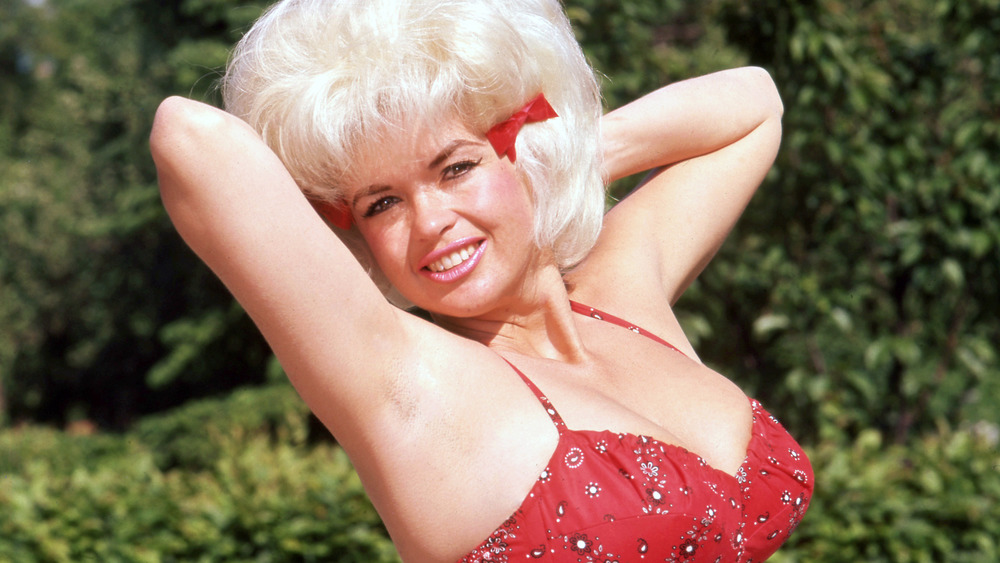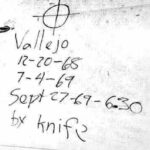
The Most Dangerous Serial Killers Of The 1960s
The 1960s was an era of both unparalleled optimism and unprecedented turmoil. The decade that began with the optimism of President John F. Kennedy’s Camelot and ended with Neil Armstrong‘s first steps on the moon brought changes to the world that still have repercussions today. From the war in Vietnam to campus unrest to the civil rights movement, at some points in the 1960s, the world appeared to be coming apart at the seams. Nevertheless, a new youth-driven counterculture driven by an ethos of peace and love promised a better way.
But despite the dreams of a bucolic Age of Aquarius, the hippie movement was not without its dark side. Just months after Woodstock’s three days of peace and music, the Altamont Free Concert ended the decade in violence and tragedy. Just as the Beatles declared “All you Need is Love,” the Rolling Stones warned that the time was right for fighting in the streets.
For an unfortunate few, violence and brutality weren’t limited to news reports of war and riots. The decade that brought us the space race and flower power was also the backdrop for some of the bloodiest murders in history. From the Boston Strangler to the Manson Family, these are the terrifying true stories of the most dangerous serial killers of the 1960s.
Albert DeSalvo, the Boston Strangler
Between June 1962 and January 1964, the serial killer known as the Boston Strangler killed 13 women in and around Boston, Massachusetts. The victims, ranging in age from 19 to 85, were sexually assaulted and strangled in their homes.
The killer left no fingerprints, and although he meticulously went through his victims personal belongings, he took nothing. As detailed in Gerold Frank’s “The Boston Strangler,” the murderer also placed some of his victims in macabre poses after death, trussed in ligatures made from their stockings, pillowcases, or belts from robes. Disturbingly, there were no signs of forced entry at the crime scenes. In each case, it appeared that the victim had willingly allowed the killer into their home.
Nearly a year after the last killing, 33-year-old construction worker Albert DeSalvo, already jailed for a series of assaults in which he had posed as a modeling agent to gain entry into the homes of young women, confessed to the crimes. His recount of the final murder, that of 19-year-old Mary Sullivan, was especially accurate and convinced authorities that they had their man. A petty criminal and burglar from an abusive family, DeSalvo would often dress in a workman’s uniform to win the trust of his victims. Although inconsistencies in DeSalvo’s testimony as well as his obsession with fame has caused some to doubt his culpability in the slayings, DNA evidence conclusively linked him to the death of Mary Sullivan in 2013. DeSalvo was murdered in prison in 1973.
John Norman Collins, the Ypsilanti Ripper
The horror of the Michigan Murders began on August 7, 1967, when the decomposing body of 19-year-old Eastern Michigan University (E.M.U.) student Mary Fleszar was found in a cornfield by two young boys. As reported by the Ann Arbor District Library, Fleszar had disappeared from the Ypsilanti campus on July 7, having told her roommate she was going for a walk.
A year later, the body of 20-year-old Joan Schell, another E.M.U. student who had last been seen hitchhiking near the college’s student union, was found four miles from where Fleszar’s body had been discovered. Schell had been stabbed five times, and her throat had been slashed.
The bodies of five more women ranging in age from 13 to 23 were discovered dumped in and around the Ann Arbor and Ypsilanti area over the next year. Beaten, strangled, and slashed, each victim appeared to have been killed elsewhere and placed in a location where the body would be easily discovered.
The killer, a charismatic, athletic E.M.U. student named John Norman Collins, was eventually caught when evidence linking him to the murder of final victim Karen Sue Beineman was found in the basement of a home belonging to his uncle, state trooper David Leik. A vacationing Leik had entrusted Collins to watch over his house while he was away. Collins is also suspected of having murdered a woman in Salinas, California, but he was only convicted for the murder of Beineman, receiving a life sentence.
Child killers Ian Brady and Myra Hindley
Obsessed with Nazi atrocities and crime, Ian Brady began his criminal career at 13, when he was placed on probation for theft and attempted housebreaking. After a stint in prison, Brady managed to get a job as a stock clerk in Manchester, England, where he met typist Myra Hindley.
Hindley, the product of a working class Manchester family, became infatuated with the dark and brooding Brady. Fascinated by his unconventional interests and tendency toward sadism, Hindley totally devoted herself to Brady, even bleaching her dark hair to more closely adhere to the Nazi conception of physical beauty.
In July 1963, Brady and Hindley committed the first of the infamous Moors Murders when they killed 16-year-old Pauline Reade. The murders of 12-year-old John Kilbride, 12 year-old Keith Bennett, and 10-year-old Lesley Ann Downey would follow soon after.
As documented in Emlyn Williams’ “Beyond Belief: A Chronicle of Murder and its Detection,” Brady and Hindley’s murder spree would end when Hindley’s brother-in-law, David Smith, whom Brady was grooming to be an accomplice, reported witnessing Brady’s murder of 17-year-old Edward Evans to the police. Authorities would later discover recordings and photographs that Hindley and Brady made of their killing of Downey. The bodies of Downey and Kilbride were discovered buried on Saddleworth Moor in 1965. Reade’s remains were located there in 1987, and Bennett’s body has never been found.
Karol Kot, the Vampire of Kraków
Teenage killer Karol Kot developed a taste for blood as a child. As documented in a 2014 Krakow Post feature, young Kot, bored on a family trip to the village of Pcim in southern Poland, wandered into a local slaughterhouse. Inexplicably, the workers there allowed Kot to watch and assist in killing livestock. The blood, the knives, and the death throes of the dying animals excited him to no end. When offered a cup of warm animal blood, he gulped it down eagerly.
In the summer of 1964, 17-year-old Kot acted on his simmering sadistic obsessions when he attacked a woman in a Krakow church, viciously stabbing her in the back as she knelt to pray. She would survive, as would his next victim. Kot finally made his first kill when he stabbed 86-year-old Maria Plichta to death within days of the previous attacks.
Just over a year later, Kot would turn his attention to children, savagely stabbing an 11-year-old boy to death. His final victim, an 8-year-old girl, would miraculously survive Kot’s brutal attack.
Unable to contain his excitement, he proudly confessed his crimes to a friend, who reported him to the police. Charged with two murders and 10 attempted murders, Kot was sentenced to death by hanging in 1968. Remorseless to the end, Kot remarked to the press, “The pleasure I felt when the knife was cleaving the meat … It’s impossible to describe the feeling. The experience is worth the gallows.”
History's most prolific killing team
Although Delfina and Maria de Jesús González (sometimes spelled Gonzáles) may not have the name recognition of Charles Manson, the Zodiac Killer, or the Boston Strangler, they were two of the most active killers of the 20th century. An estimated body count of 90 earned them the dubious distinction of the Guinness World Record for the most prolific murder partnership.
As detailed by Murderpedia, the sisters — known as Las Poquianchis — grew up in poverty under the thumb of their volatile and abusive father in El Salto de Juanacatlan, Jalisco, Mexico. As adults, Delfina and Maria de Jesús struggled to survive and turned to sex work to make ends meet. Soon, they were operating a chain of successful bordellos under the noses of well-greased police and officials.
To keep their business well-staffed, the sisters roamed the countryside offering poor girls and women lucrative jobs as maids or waitresses. Often, they would simply kidnap girls with the help of Delfina’s lover, Army Capt. Hermengildo Zuniga. Once in the sisters’ clutches, the young women were forced into sex work. The penalty for pregnancy, sickness, or attempted escape was death, often by torture or starvation.
Las Poquianchis’ reign of terror ended in January 1964, when Catalina Ortega escaped the sisters’ clutches and reported them to the police in Guanajuato. The González sisters were sentenced to 40 years in prison. Elder sister Delfina died in prison, but Maria de Jesús completed her sentence and then dropped out of public view.
Eric Edgar Cooke, Australia's Night Caller
Born with a cleft lip and palate in 1931, young Eric Edgar Cooke was often the target of his alcoholic father’s rage. Bullied and abused, he gained a reputation as a troublemaker. Expelled after eight months at his first school, he dropped out at age 14. Drawn into a life of crime, Cooke graduated from petty theft to arson and burglary and wound up in prison when he was 18.
As detailed in “Danger Down Under: The Dark Side of the Australian Dream,” a reformed Cooke married waitress Sarah Lavin and started a family in November of 1953. Yet, by the mid 1950s, Cooke had returned to crime.
On September 12, 1958, he stole a car for the express purpose of running someone down. His first victim was 26 year-old bicyclist Nel Schneider. Schneider survived but developed lifelong health problems from her injuries. In January 1959, Cooke made his first kill when he broke into the South Perth flat of Pnena Berkman and stabbed her to death. He killed again in December of the same year, murdering 22-year-old Jillian Brewer with a hatchet and scissors. Berkman and Brewer’s deaths were just the beginning of a four year-long spree of strangulations, stabbings, shootings and hit-and-runs.
Police at last captured Cooke in 1963. After confessing to eight murders, 14 attempted murders, and 250 burglaries, he was sentenced to death. The last man to face the gallows in Western Australia, Cooke was hanged on October 26, 1964.
Richard Speck: Mass murderer or serial killer?
As featured in “Biography,” Richard Benjamin Speck was born in Kirkwood, Illinois, on December 6, 1941. By the time he was 15, Speck had developed an insatiable taste for alcohol. Soon, he dropped out of high school and embarked on a life marked by misogyny and violence.
In 1965, he was sent to Texas State Penitentiary for assaulting a woman in Dallas. Back on the streets just months after the attack, Speck moved to Monmouth, Illinois, where he attacked a 65-year-old woman and beat barmaid Mary Pierce to death. Feeling the heat from the police, Speck left for Chicago, where he found work on a ship before being fired for pulling a knife on a superior.
On the night of July 13, 1966, he entered a South Chicago townhouse occupied by student nurses. Slipping through an open window, Speck bound, beat, strangled, and stabbed eight women. Only Corazon Amurao, who hid under a bed, would survive to identify the killer.
Days after the rampage, Speck attempted suicide. He was rushed to a hospital, and, according to “Born to Raise Hell: The Untold Story of Richard Speck,” a doctor recognized Speck’s “Born to Raise Hell” tattoo from police reports. Speck was sentenced to death in 1967, but a 1972 Supreme Court moratorium on the death penalty saved him from the electric chair. Speck suffered a heart attack at Stateville Correctional Center and died in hospital on December 5, 1991. Speck was suspected of murdering seven more women in Indiana and Michigan.
Murder was a family affair for Janie Lou Gibbs
A devout fundamentalist Christian, Janie Lou Gibbs taught Sunday school at Cordele, Georgia’s Pleasant Grove Baptist Church and was well known in the community for her evangelical zeal. When not engaged in church activities, she enjoyed cooking meals for her husband and three sons. However, Gibbs’ matronly facade came crashing down in 1967, after nearly a two-year murder spree that left her husband, three sons, and infant grandson dead.
As detailed by Union County Public Schools, Janie Lou Gibbs’ husband was the first to die. Collapsing after dinner, Charles Gibbs was rushed to hospital, where doctors determined his cause of death was undiagnosed liver disease. Nearly a year later, Marvin Jr., 13, died of a similar ailment. Soon after, middle son Lester died. With each tragedy, the community rushed to comfort Janie Lou, and, being a dutiful Christian, she tithed 10% of each life insurance payout to her church.
In 1967, the unthinkable struck again with the deaths of Janie Lou’s eldest son, Roger, and his newborn child, Raymond. In both cases, no cause of death could be determined. Janie Lou’s daughter-in-law demanded autopsies be performed on her husband and son. The shocking results led authorities to exhume the bodies of the other deceased family members. In each case, the cause of death was arsenic poisoning.
Janie Lou Gibbs was sentenced to five consecutive life sentences. She later developed Parkinson’s disease and was released to a nursing home in Douglasville, Georgia, where she died in 2010 at the age of 77.
Tony Costa, Cape Cod's killer Casanova
As documented in Max Haines’ “True Crime Stories, Book II,” Provincetown, Massachusetts, on the northern end of Cape Cod, became something of a counterculture haven in the late 1960s. Hundreds of hippies flocked to the New England resort town. However, a monster lurked in their midst.
By 1968, Tony Costa was growing marijuana on a remote plot of land hidden behind a cemetery in nearby Truro. Costa’s easy access to weed made him popular with Provincetown’s youth, and he relished the attention — especially when it came from young women.
In January 1969, Costa was suspected in the disappearance of Pat Walsh and Mary Anne Wysocki. An initial sweep of the Truro woods failed to locate Walsh and Wysocki, but the search turned up the dismembered remains of a different woman. With the help of one of Costa’s acquaintances, the police were able to locate Costa’s drug garden. Nearby, they found the mutilated remains of Wysocki, Walsh, and another victim. Convicted only in the slayings of Wysocki and Walsh, Costa was given life in prison.
Author Kurt Vonnegut became fascinated by Costa when he learned that his daughter had met the killer and declined his invitation to visit his marijuana patch. Writing about the murders in a feature for Life, Vonnegut compared Costa to Jack the Ripper. Vonnegut maintained a brief correspondence with Costa, in which the killer asserted his innocence. Costa committed suicide in prison in 1974.
Peace, love and murder: The Manson Family
As detailed in “Helter Skelter,” Charles Manson was released from prison in March of 1967, just in time for the Summer of Love. Soon, the charismatic Manson, guitar in hand, attracted a legion of young, disaffected, and mostly female followers. Under Manson’s spell of sex, drugs, and mysticism, the so-called Manson Family came to regard their leader as both Jesus Christ and Satan.
Hoping to jumpstart an apocalyptic race war, Manson ordered followers Charles “Tex” Watson, Susan Atkins, Patricia Krenwinkel, and Linda Kasabian to a luxurious house on Cielo Drive in Los Angeles’ Benedict Canyon. Shortly after midnight on August 9, 1969, Manson’s handpicked killers had already killed Steven Parent, a friend of property caretaker William Garrettson, when they entered the home through a slit in a screen window and murdered pregnant actress Sharon Tate and her friends Abigail Folger, Jay Sebring, and Wojciech Frykowski.
Angered that the crimes had been too chaotic, Manson accompanied Watson, Krenwinkel, and Leslie Van Houten to the home of Leno and Rosemary LaBianca the following night to personally supervise another round of murders.
Manson and his followers were initially sentenced to die for the killings, but a 1972 Supreme Court ruling abolishing California’s death penalty resulted in their sentences being commuted to life imprisonment. Manson died in prison on November 19, 2017. More than five decades after the Tate-LaBianca murders, Manson and the Manson Family remain a subject of fascination in media and pop culture.
The mystery of the Zodiac Killer
As documented by Biography, the first widely attributed murders of the serial killer who would become known as the Zodiac were on December 20, 1968, when he shot David Faraday and Betty Lou Jensen to death on a secluded road near Vallejo, California. Six months later, another couple met a similar fate.
In August 1969, the killer wrote letters to the San Francisco Examiner and the Vallejo Times-Herald detailing the murders. Each message contained a complex cipher with possible clues about the murderer. More taunting letters would arrive containing new codes — one declaring that the victims would become his slaves in the afterlife.
On September 27, 1969, the killer struck again, this time targeting Cecelia Shepard and Bryan Hartnell as they relaxed on the shores of Lake Berryessa in Napa County. After binding the couple, he repeatedly stabbed them. The killer then left a message and his mark on the door of Hartnell’s car. Shepherd died from her wounds, but Hartnell survived. Two weeks later, the Zodiac killed a San Francisco taxi driver.
Despite surviving witnesses, fingerprint evidence, decoded ciphers (the last of which was solved in 2020), and numerous suspects, the identity of the Zodiac Killer remains unknown as of 2021.

12 Best Leonardo Da Vinci Inventions
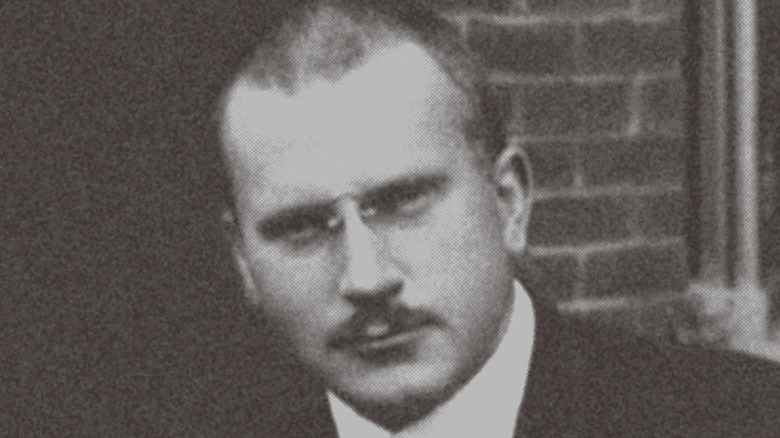
How Carl Jung Helped Inspire Alcoholics Anonymous
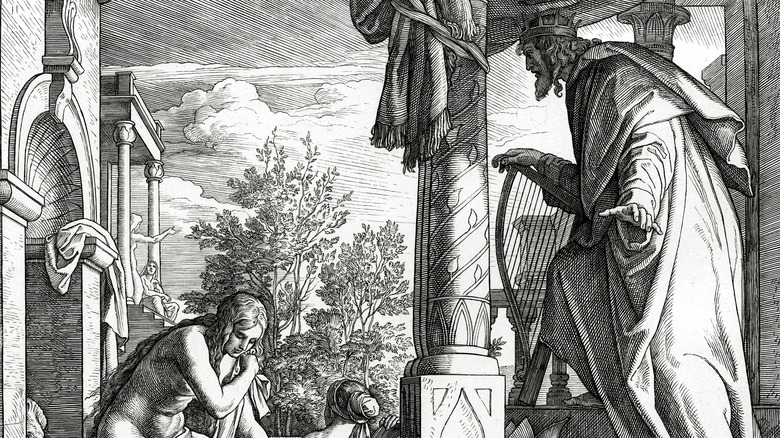
How Bathsheba's Extramarital Affair Took Place In The Bible

The Truth About Saddam Hussein's Forbidden Blood Qur'an
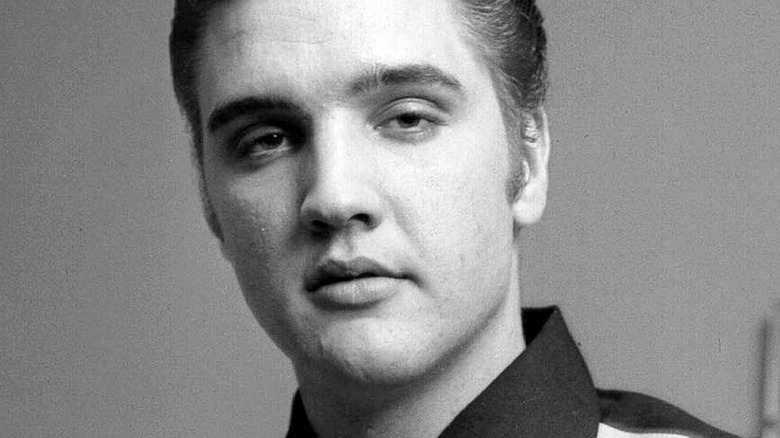
The Truth About Elvis Presley's Friendship With Johnny Cash
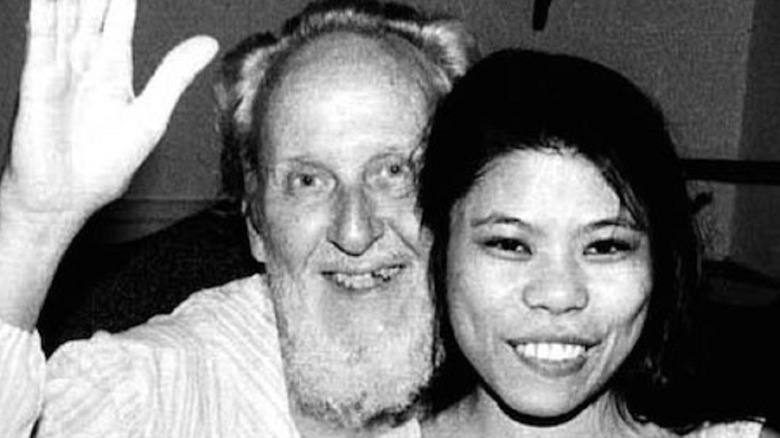
What Really Happened To Children Of God Founder David Berg?

What Does The Bible Say About Alcohol Use?

The Truth About The Sani Abacha Heist
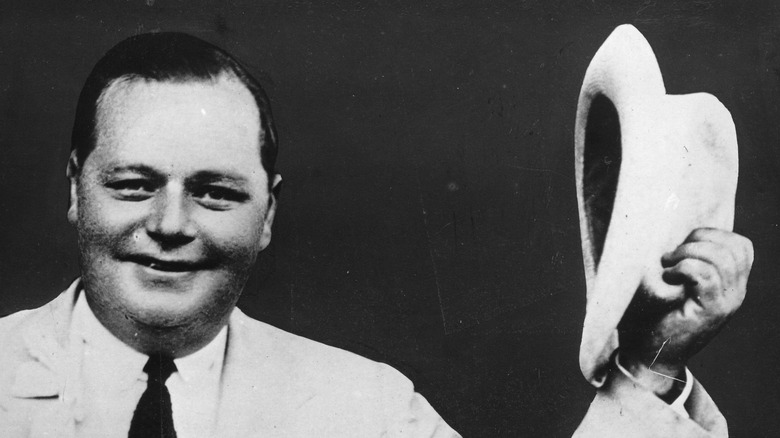
The Tragic Real-Life Story Of Roscoe "Fatty" Arbuckle

These Two Buildings From The 1893 World's Fair Are Still In Use
